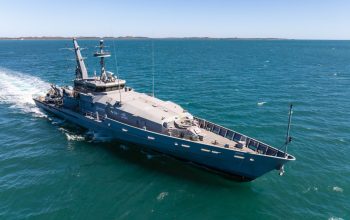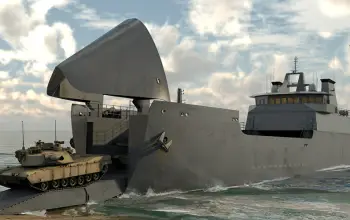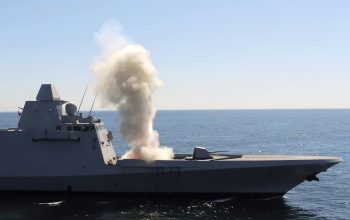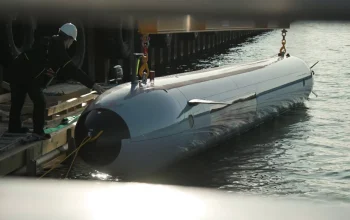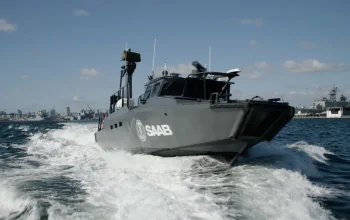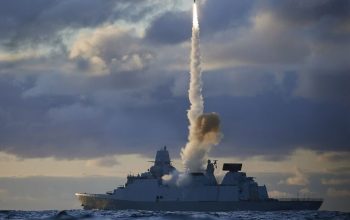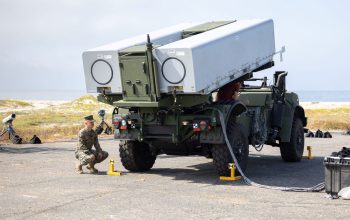During the January 2023 Security Consultative Committee (“2+2”) meeting, the United States and Japan concurred with beginning discussions on potential joint development of a future interceptor. Based on subsequent studies, the U.S. Department of Defense and Japan Ministry of Defense decided to initiate a Glide Phase Interceptor (GPI) Cooperative Development program as an important part of implementation for the 2023 U.S.-Japan bilateral Memorandum of Understanding (MOU) for Research, Development, Test and Evaluation Projects (RDT&E). The development of a counter-hypersonic capability is a pressing need for both countries to address challenges in the Indo-Pacific region, including the emergence of offensive hypersonic and other sophisticated missile capabilities for potential acts of coercion.
The U.S. Missile Defense Agency “shortly” will move from studying designs for its new Glide Phase Interceptor (GPI) for defending against hypersonic missiles to actually developing hardware. The GPI program is aimed at knocking down hypersonic missiles during the glide phase of flight when it’s skimming space — the longest phase of flight between launch and “terminal” phase — before they reenter the atmosphere. GPI will include new interceptors as well as modifications to the Aegis Weapon System needed to launch them. MDA has been attempting to fast track development due to increasing worry from Pentagon officials and lawmakers about the hypersonic capabilities of China and Russia. The GPI co-development will build upon long-standing U.S.-Japan missile defense cooperation and strengthen the Alliance deterrence posture.
Defeating a hypersonic weapon in its glide-phase of flight is a challenging technical problem, as the missiles can travel more than five times the speed of sound and can maneuver in flight, making it hard to predict a missile’s trajectory. The U.S. Missile Defense Agency is still early in the development process. The effort could take on similar attributes to the successful U.S.-Japan development of the Raytheon Technologies-manufactured SM-3 block IIA program, which the company is now building and the countries will field. But the effort is complicated because two companies are competing to design the GPI — Raytheon Technologies and Northrop Grumman. Each company won contracts to continue developing hypersonic weapons interceptors in an MDA-led competition in June 2022. The interceptors will be designed to fit into the U.S. Navy and the Japan Maritime Self-Defense Force destroyers.



